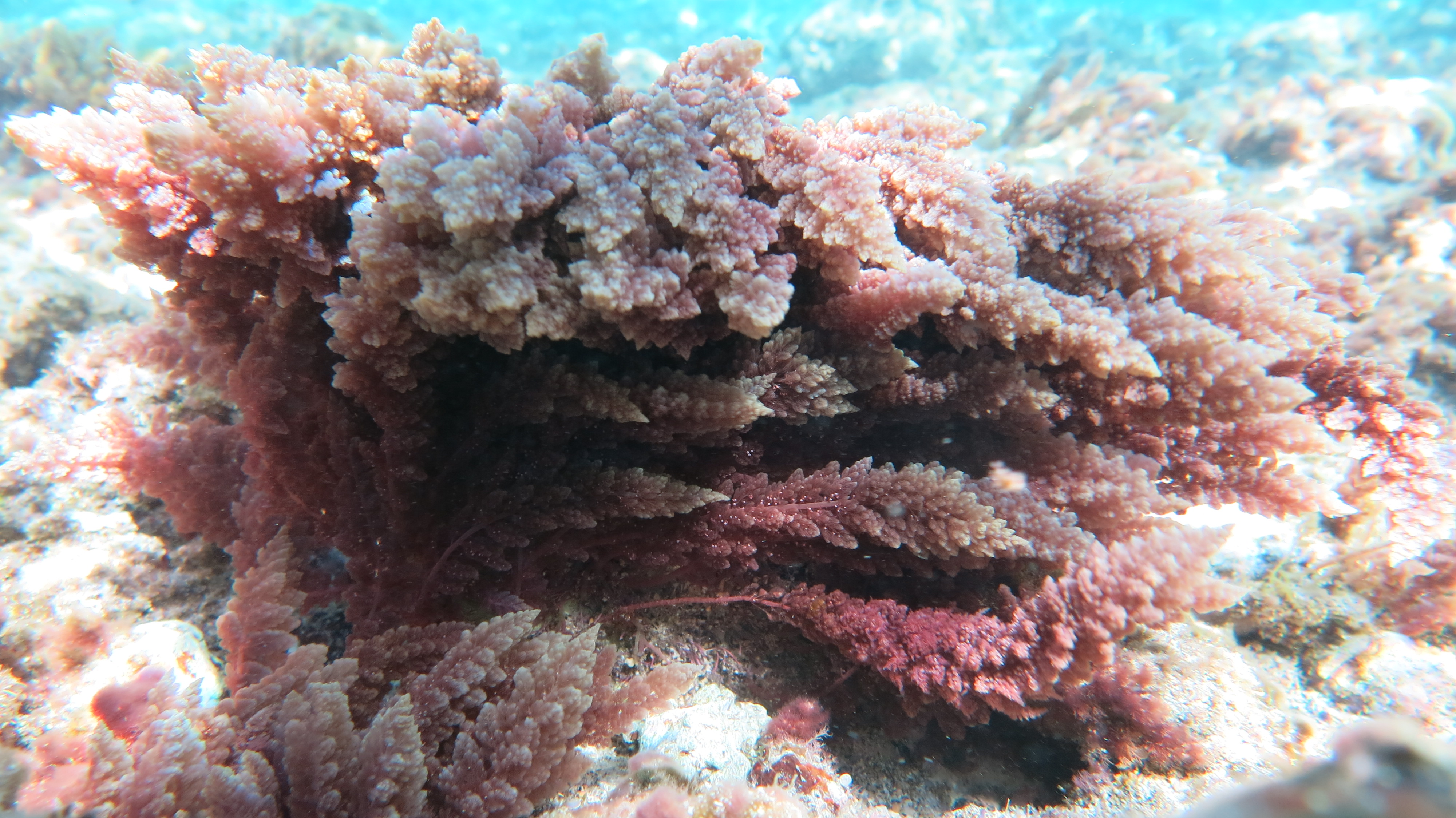Media release
From:
Attachments
Note: Not all attachments are visible to the general public. Research URLs will go live after the embargo ends.

Journal/
conference: Algal Research
conference: Algal Research
Research:Paper
Organisation/s:
University of Waikato, CSIRO, James Cook University, Cawthron Institute
Funder:
Magnusson and Glasson are funded via the Entrepreneurial Universities Macroalgal Biotechnologies Programme, jointly funded by the University of Waikato and the Tertiary Education Commission. Packer and Adams received funding via grant #SFFF19041 “Commercial Seaweed Aquaculture to Reduce Agricultural Methane Emissions”. None of the funding bodies had any involvement in the conduct of the research; preparation of the article; study design; the collection, analysis and interpretation of data; in the writing of the report; or in the decision to submit the article for publication.



 New Zealand
New Zealand


